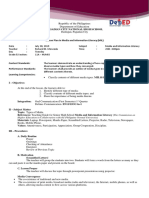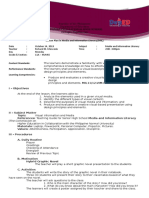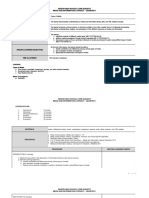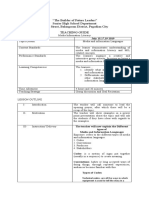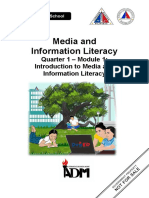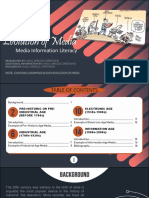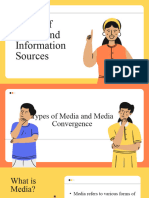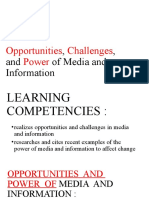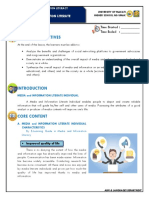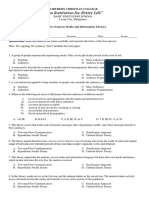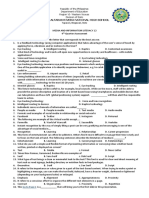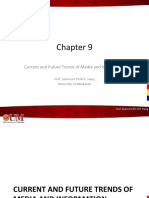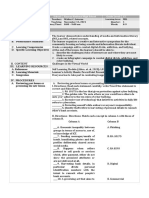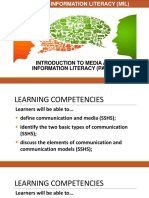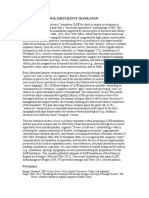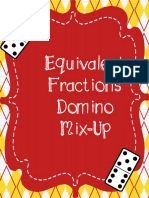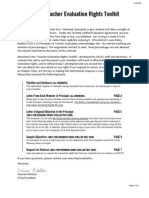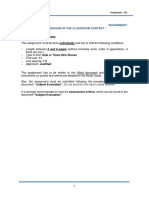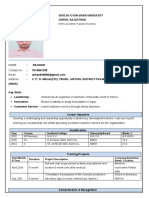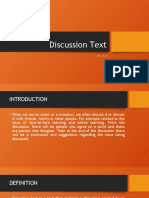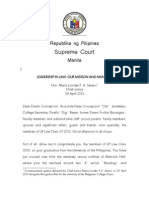0% found this document useful (0 votes)
221 views4 pagesIntroduction To Media and Information Literacy: Department of Education
This document is a lesson plan on media and information literacy for senior high school students. It introduces key concepts such as media literacy, information literacy, technology literacy, and how communication is influenced by media and information. Students will learn to differentiate these types of literacy, appreciate their advantages, and reflect on their own media habits. The lesson also defines important terms and has students complete activities to assess their understanding.
Uploaded by
Christine ZamoraCopyright
© © All Rights Reserved
We take content rights seriously. If you suspect this is your content, claim it here.
Available Formats
Download as PDF, TXT or read online on Scribd
0% found this document useful (0 votes)
221 views4 pagesIntroduction To Media and Information Literacy: Department of Education
This document is a lesson plan on media and information literacy for senior high school students. It introduces key concepts such as media literacy, information literacy, technology literacy, and how communication is influenced by media and information. Students will learn to differentiate these types of literacy, appreciate their advantages, and reflect on their own media habits. The lesson also defines important terms and has students complete activities to assess their understanding.
Uploaded by
Christine ZamoraCopyright
© © All Rights Reserved
We take content rights seriously. If you suspect this is your content, claim it here.
Available Formats
Download as PDF, TXT or read online on Scribd
/ 4
